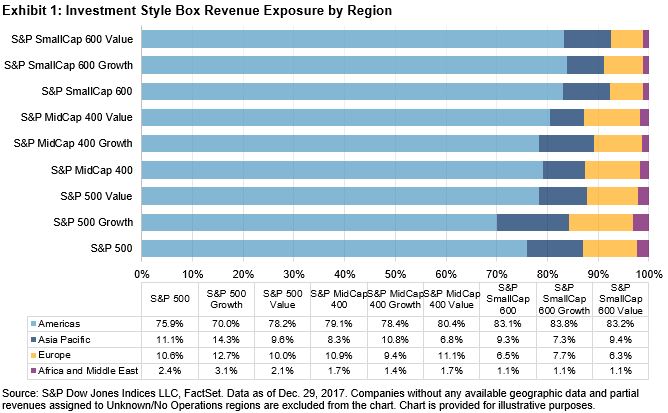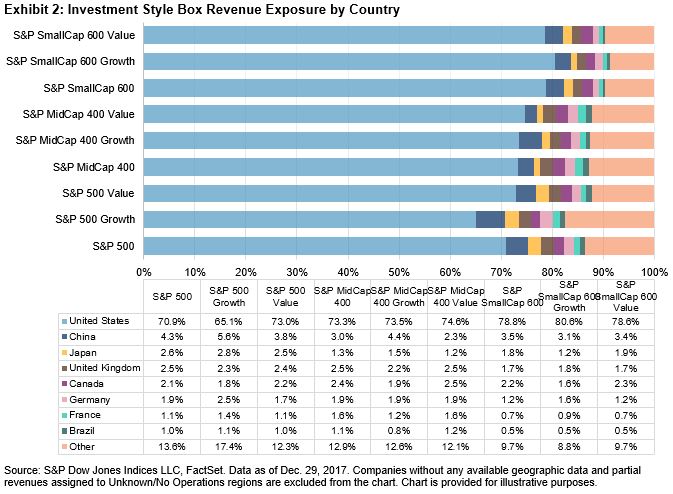Continuing the theme of rising interest rates and following up from my last blog, “With all the News of Higher Interest Rates, Don’t Forget About Floating-Rate Debt,” bond laddering is a strategy that provides increased income and the ability to adjust the stream of income in a rising-interest-rate environment. The approach is to invest in specific maturity dates, or “rungs” of the ladder. For example, if you wanted to create a bond ladder today, you could buy bonds maturing in 2019, 2020, 2021, and so forth. The products used for such a strategy can vary, but are usually U.S. Treasury bonds, U.S. Municipal bonds, or corporate bonds.
S&P Dow Jones Indices has published many articles that address this topic. The educational paper, “Laddering a Portfolio of Municipal Bonds,” is a detailed piece that covers the construction and benefits of this kind of strategy.
To many people, the most important part of creating a bond ladder designed to preserve capital and build wealth in a rising-rate environment is buying individual bonds or defined-maturity ETFs.
However, it’s possible to keep a bond ladder intact by reinvesting that cash into a new longer-dated instrument. By rolling the proceeds into a longer-dated instrument, every time a shorter one matures, it’s possible to create a reliable income stream that may rise with interest rates over time.
Indices can be a helpful way to study the performance of a ladder strategy and the income producing result of the strategy in an increasing interest rate environment. In some cases, the index may have an investable ETF or ETP product issued against it, which gives an investors access to that segment of the market.
The indices in Exhibit 1 have been designed for use in laddering strategies.
Exhibit 1: Indices Designed for Laddering Strategies (Total Returns)

For more information, please see these additional laddering articles:
Navigating Rising Rates: Municipal Bond Ladders by Matt Tucker
The Tactical Case for Bond Ladder ETFs by Matthew Forester
Fixed Income Laddering by Kevin Horan
Advisors Managing Interest Rate Risk With Municipal Bond Indices and ETFS by Shaun Wurzbach
Applying a Laddering Strategy to Preferred Portfolios in Canada by Phillip Brzenk
The posts on this blog are opinions, not advice. Please read our Disclaimers.




 Chart is provided for illustrative purposes. Assumes that the first dollar of income is received at the end of the first year of retirement. Present value calculation assumes a hypothetical discount rate
Chart is provided for illustrative purposes. Assumes that the first dollar of income is received at the end of the first year of retirement. Present value calculation assumes a hypothetical discount rate









